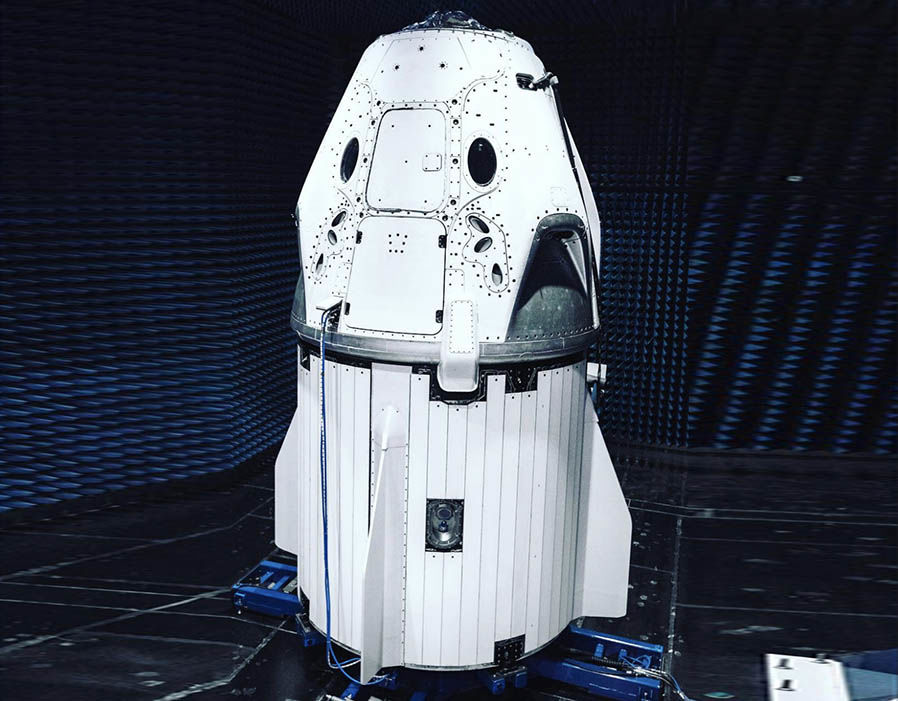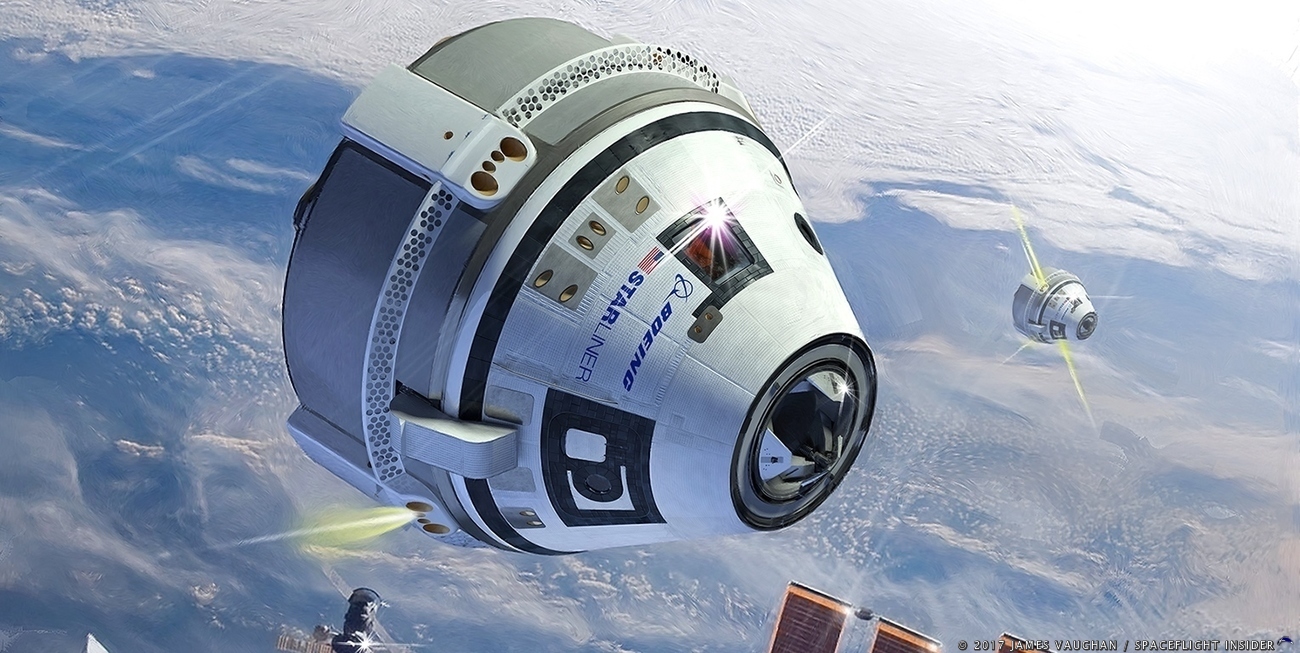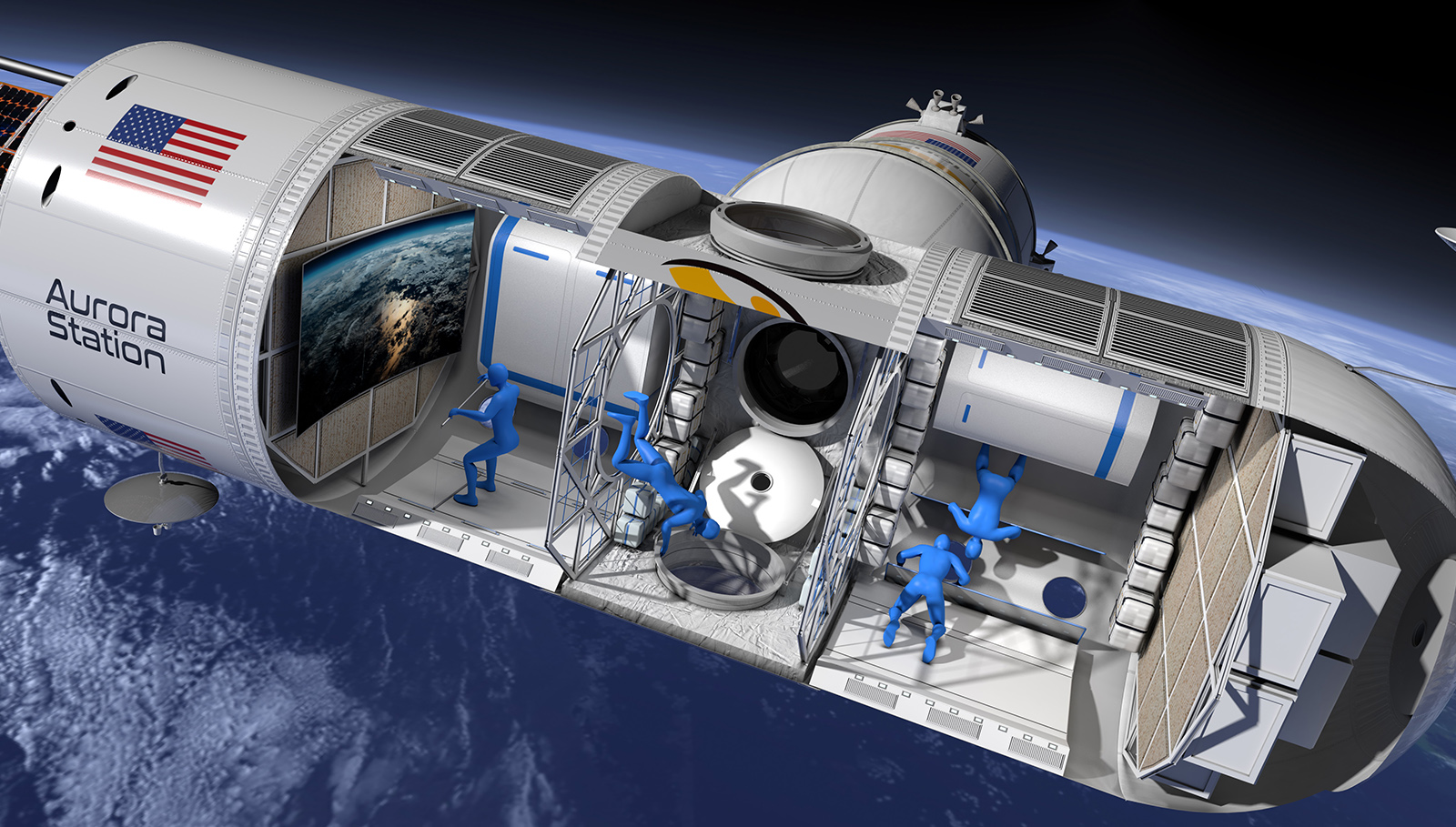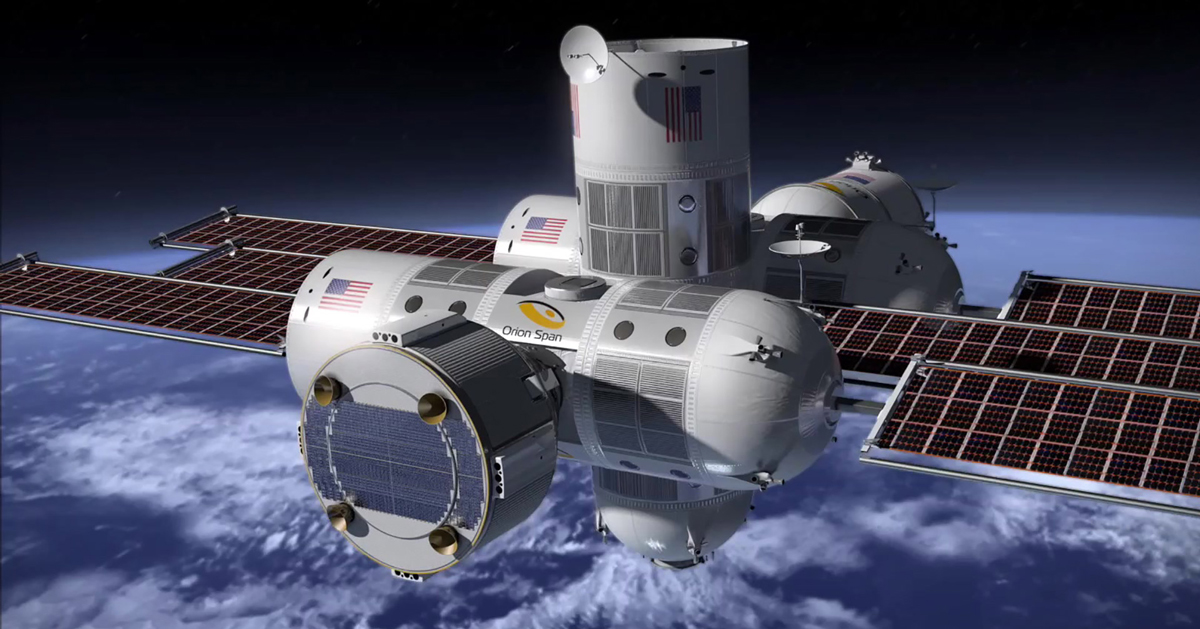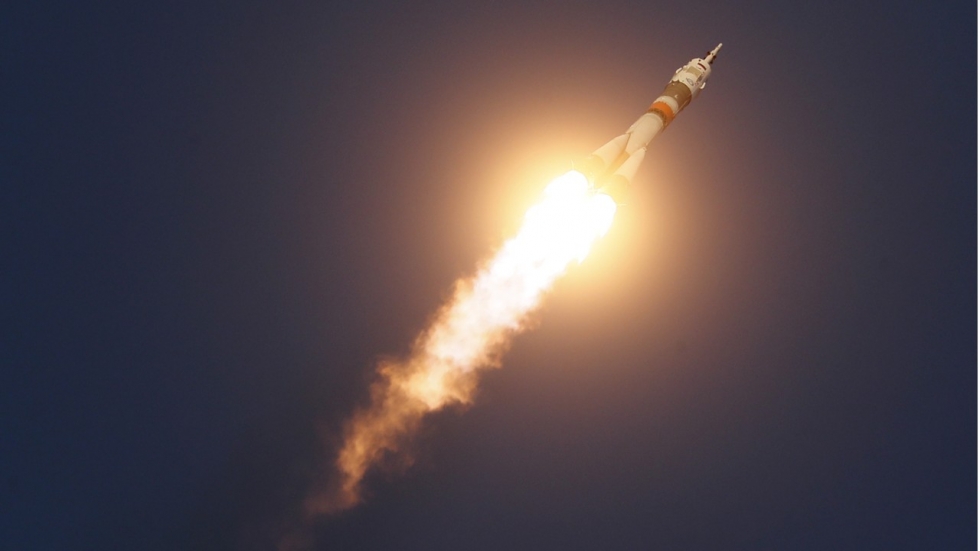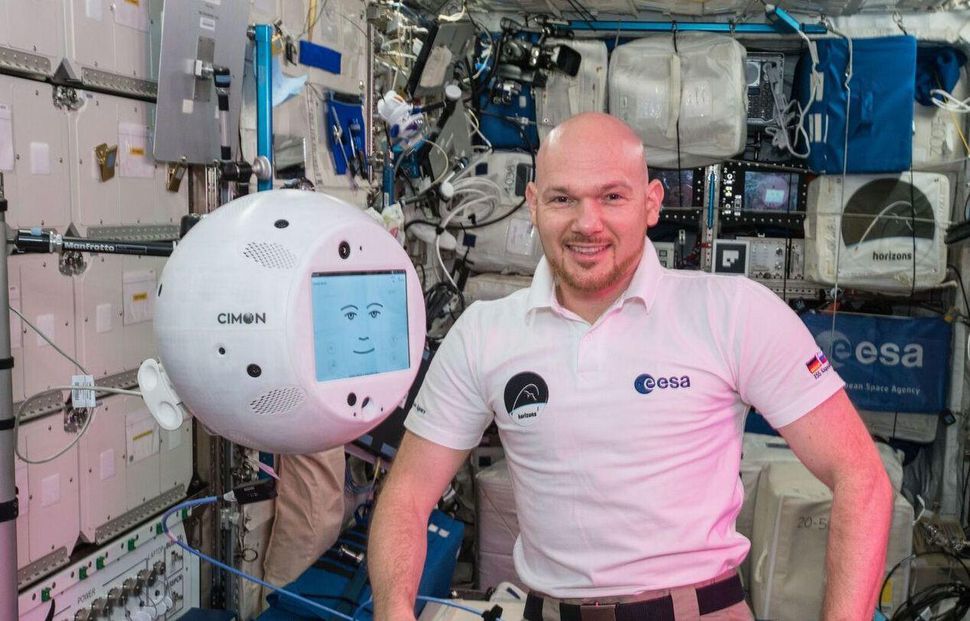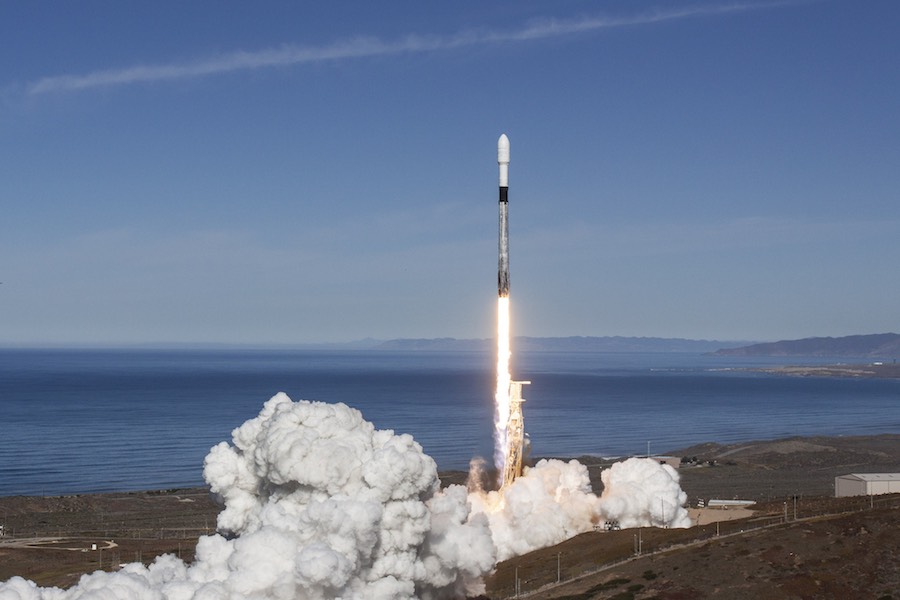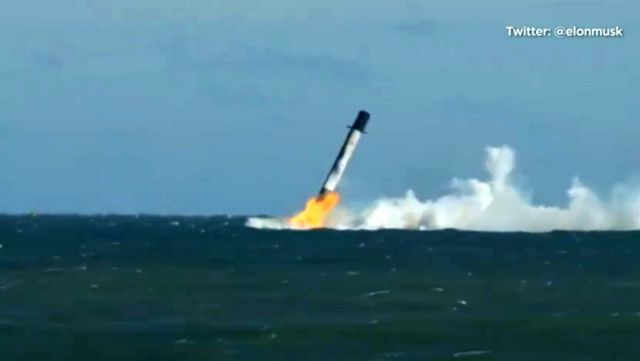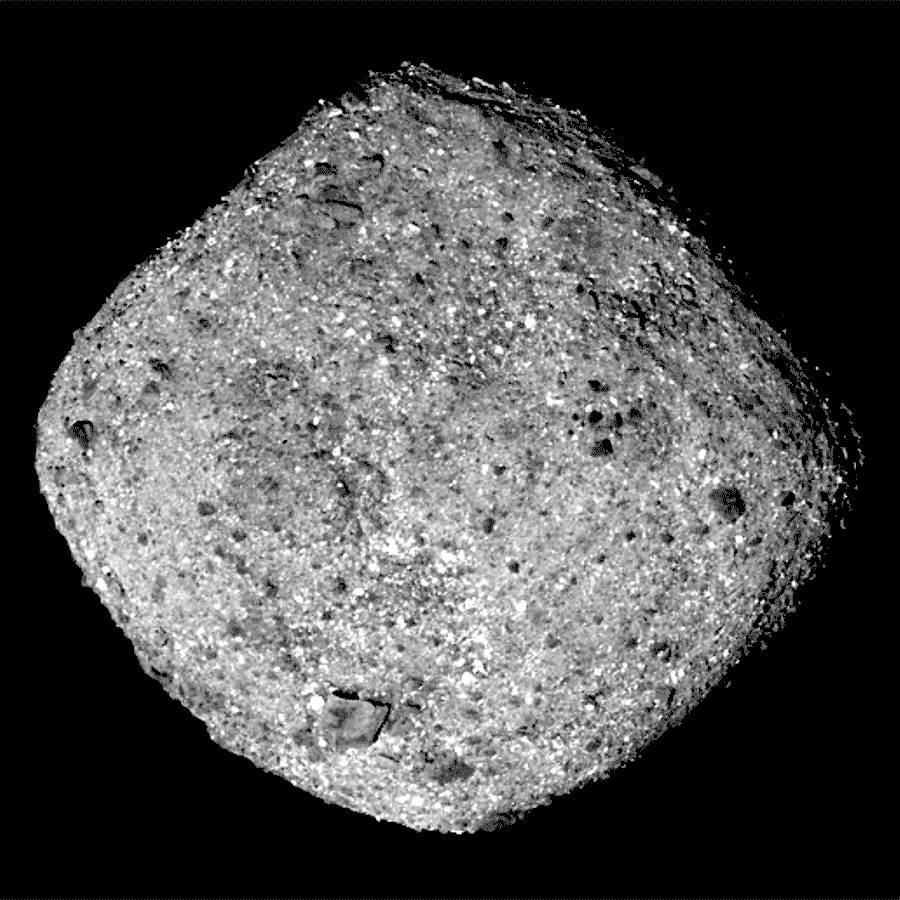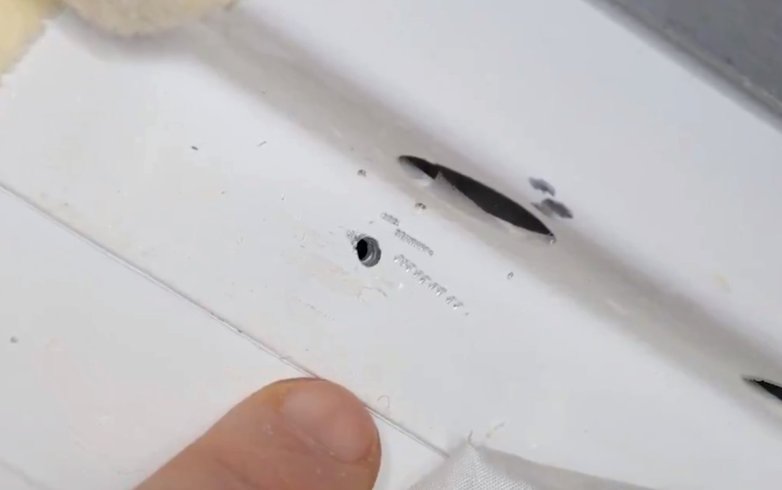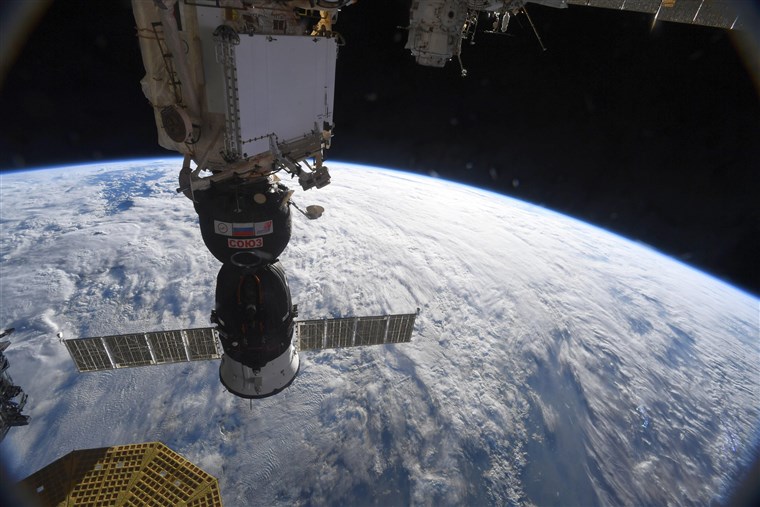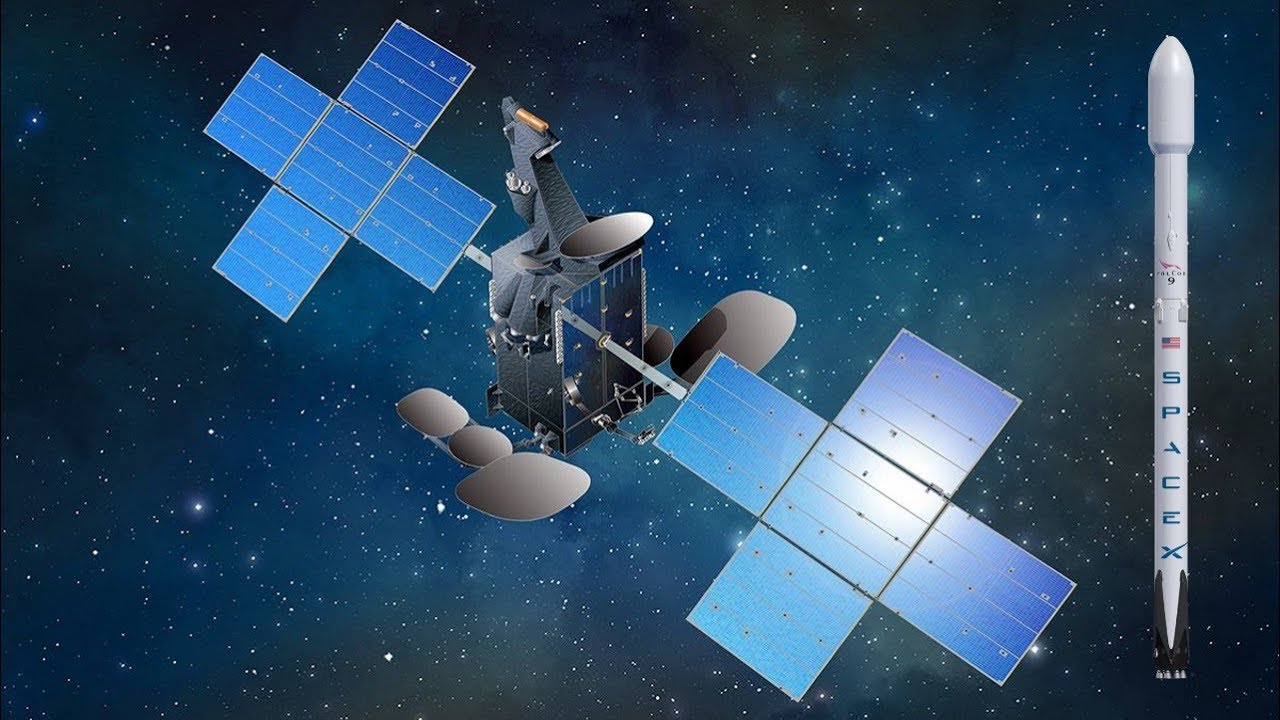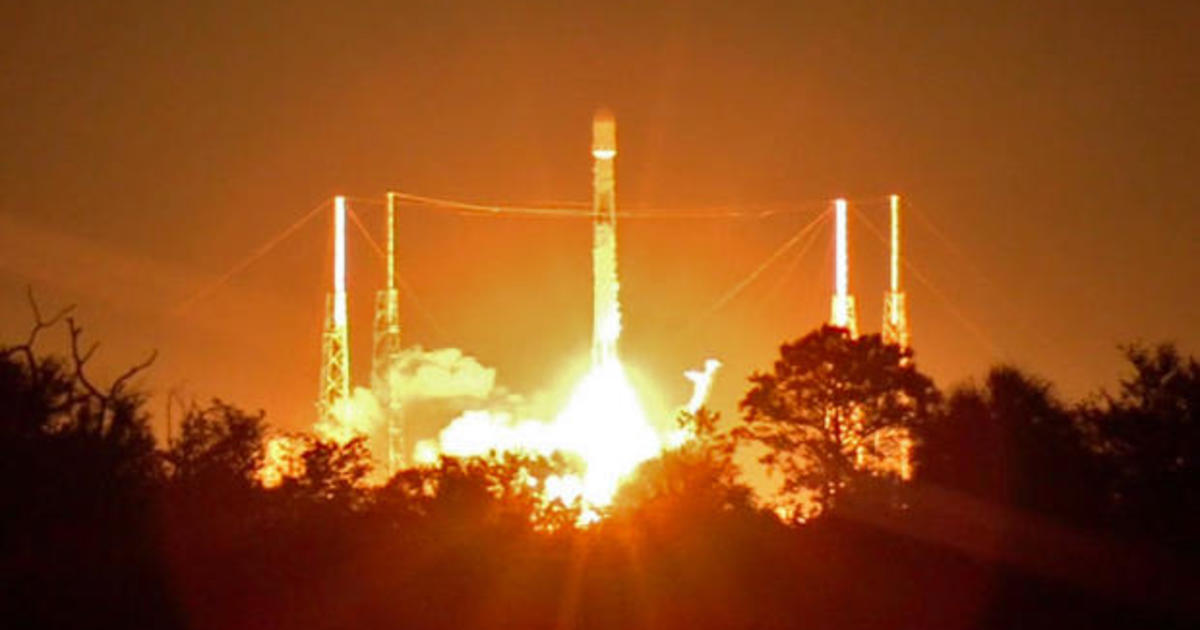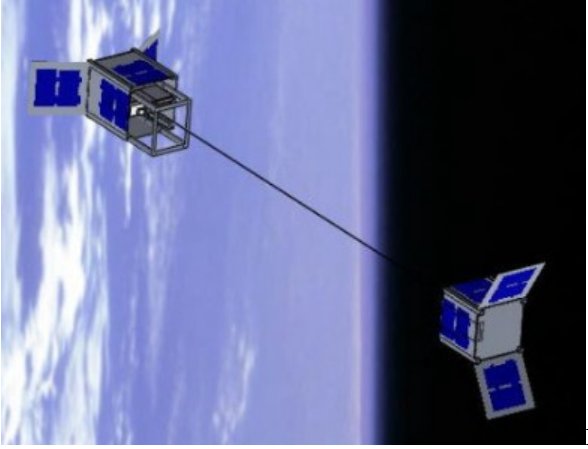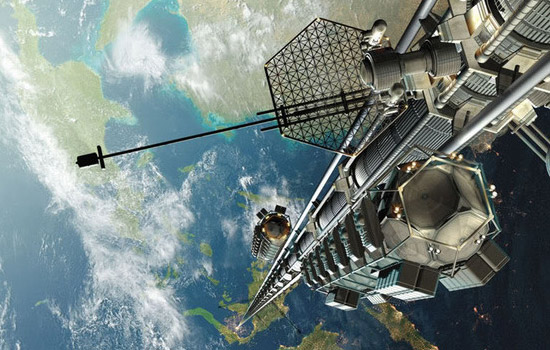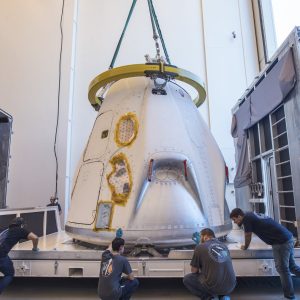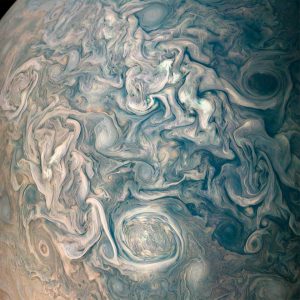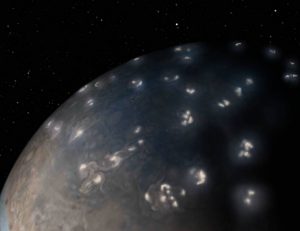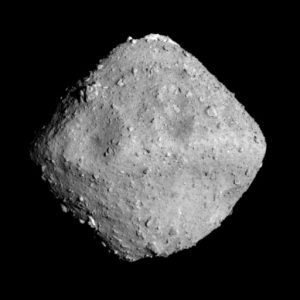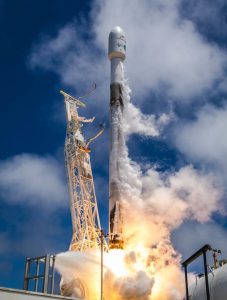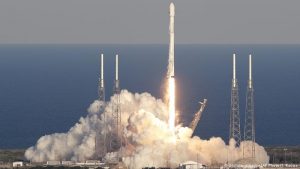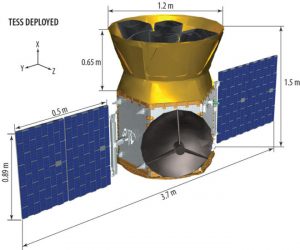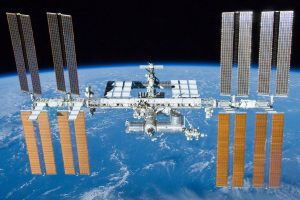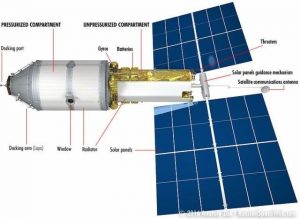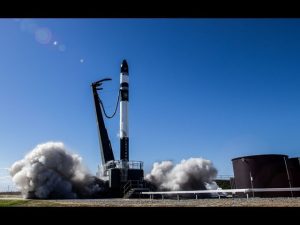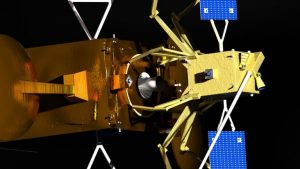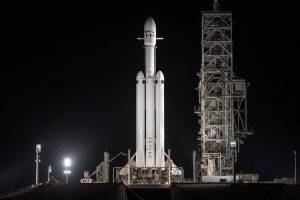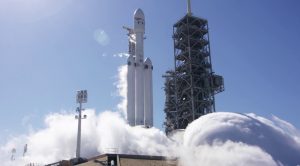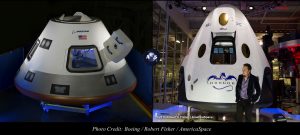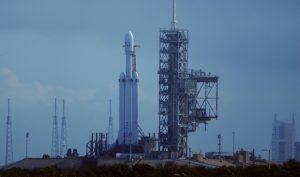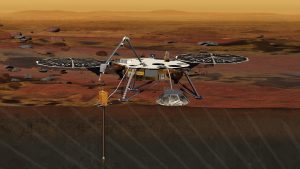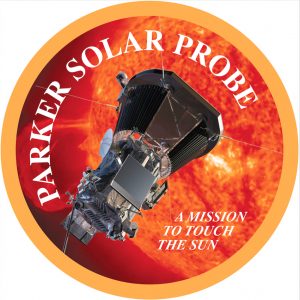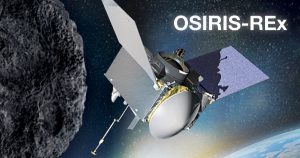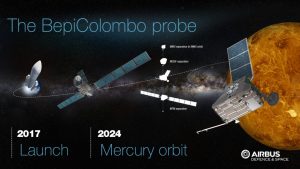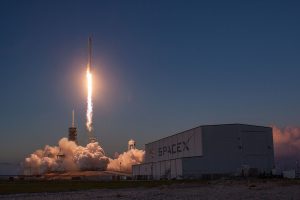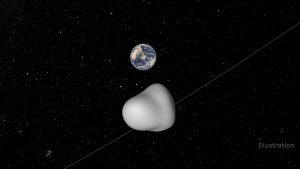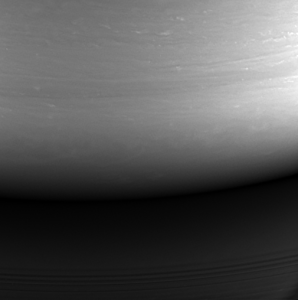This past month there have been a number of successes and failures in space along with a story that reminds us that spaceflight can sometimes just be fun. So let’s get to it.
As usual I’ll start with Space X, doesn’t it seem to you as if Elon Musk’s company provides us with some news to discuss every month. On April 10th the Hawthorn California based Space X successfully flew its Falcon Heavy launch vehicle for the second time, and for the first time with a paying customer.

The Falcon heavy not only succeeded in placing the Arabsat 6A into its proper geostationary transfer orbit but Space X succeeded in recovering all three booster engines and even the launch vehicle’s payload nose cone failings. The two side boosters landed safely back at Kennedy Space center while the central first stage was recovered by Space X’s drone recovery ship “Of course I still love You”.
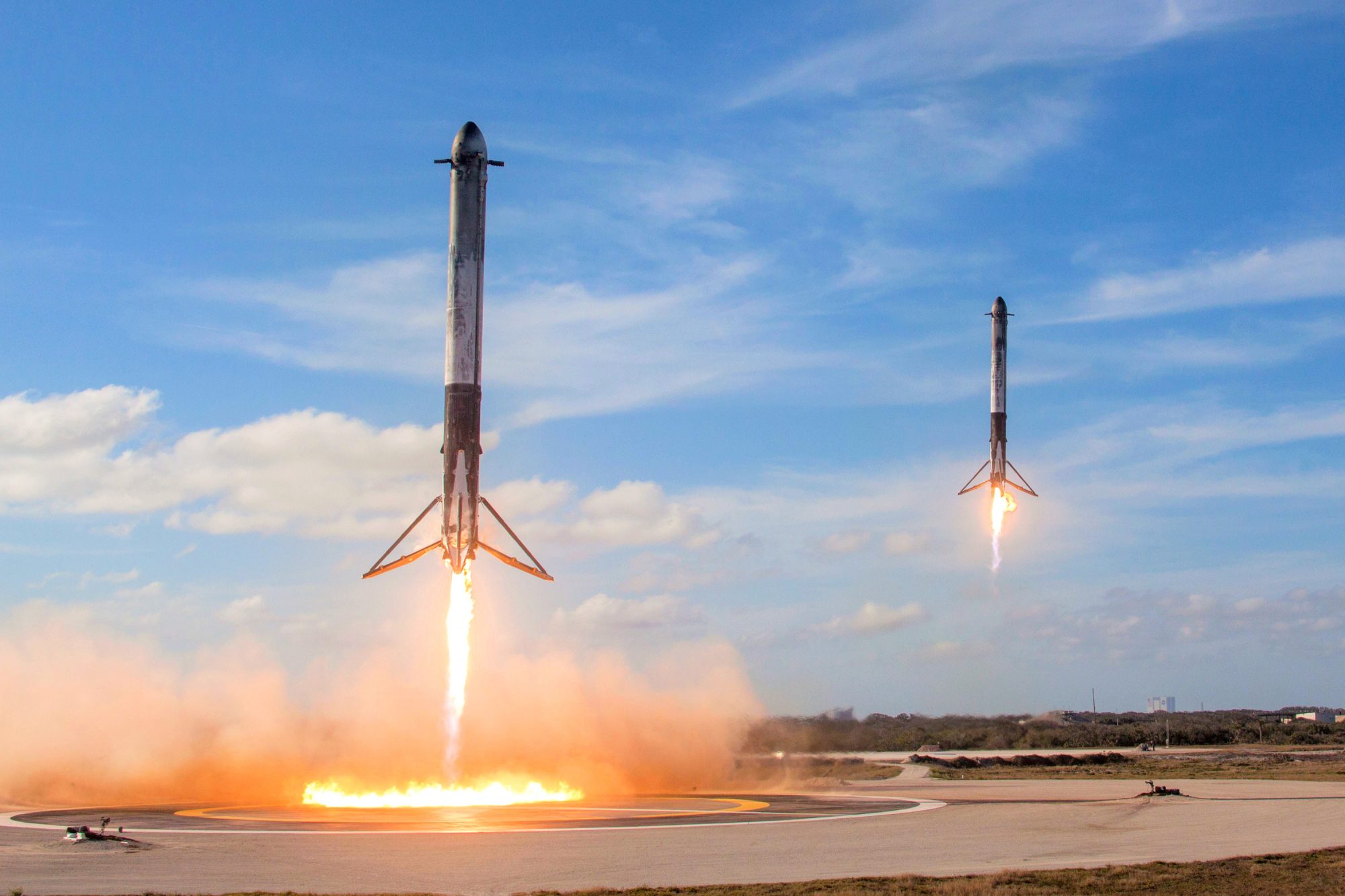
Recovery of the nose cone, which costs about $6 million dollars for a pair, is something that Space X has attempted several times before now without success. The nose cone recovery therefore makes the April 10th launch represents the most complete recovery that Space X has ever carried out.
Unfortunately on the day after the nearly perfect launch choppy seas in the Atlantic Ocean caused the central first stage to tip over and crash onto the recovery ship as it was being brought back to port. This is the first time that a Falcon first stage has been loss after successfully landing on the recovery ship and Space X promises design changes to their method of securing the rocket during transit to prevent further such losses.

A little further out in space Israel was having considerably worse luck. Their Beresheet lunar lander would have made the small Middle Eastern nation only the fourth country to achieve the feat of soft landing a probe on the Moon but unfortunately the Beresheet landed much too hard and presently is considered a total loss.

Although developed by Israeli tech companies Beresheet is the first ever privately funded lunar lander. Launched aboard a Space X Falcon 9 rocket back in February the Beresheet entered a highly elliptical orbit around the Earth, slowly enlarging that orbit until the lunar probe broke free and headed for the Moon.
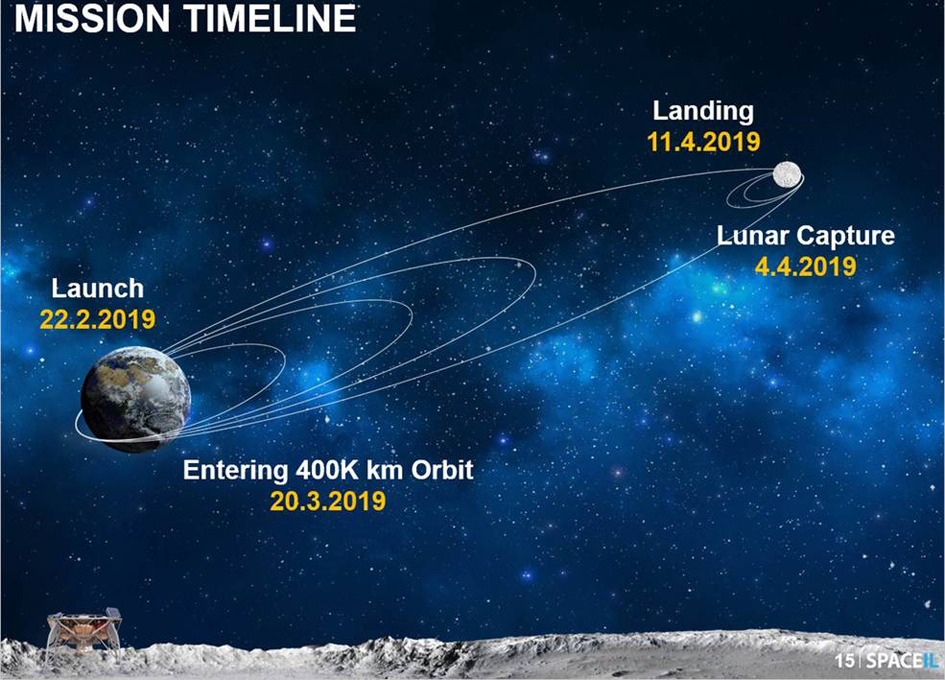
The probe did make a number of observations on its journey including a video of the Sun appearing from behind the Earth. Nevertheless the failure to land safely is a disappointment. The Israelis haven’t given up however; money is already being raised to begin construction of Beresheet 2.
Further out in space the Japanese were having better luck with their Hayabusa 2 space probe now in orbit around the asteroid Ryugu. After several months of surveying the asteroid for the best location from which to obtain samples of the asteroid’s interior the space probe deployed a projectile to strike the asteroid. The idea was for the Hayabusa 2 to fire a small copper plate referred to as an impactor at Ryugu and as it approached the surface a small explosive would detonate which would drive the plate into the asteroid forming a crater. After the crater was formed the spacecraft would then approach and collect the desired samples.
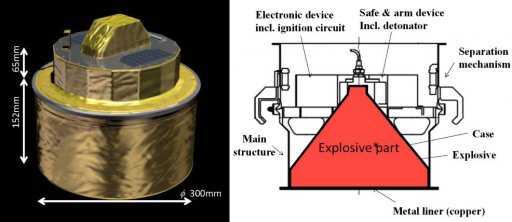
The operation went off perfectly on April 4th, see image of the impact below, with the impactor striking Ryugu at an estimated 7200 kph. Now Hayabusa’s controllers must gently lower the probe toward the asteroid in order to collect some samples. The Hayabusa 2 is scheduled to return to Earth with its asteroid pieces in December of 2020.

My final story today is a reminder that even as humans traveled into space we took other creatures along with us. Indeed, Laika the dog preceded the first man into space by a couple of years. The use of test animals in space exploration has a long and interesting history.
Today on the International Space Station (ISS) there are several different experiments involving lab animals being conducted at all times. One of these uses lab mice to study the long-term effect of zero gravity and radiation.
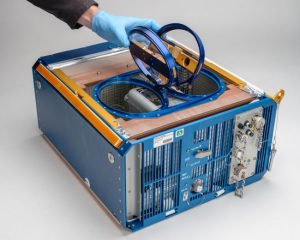
“Since rodents develop and age much faster than humans, studying rodent model organisms allow scientists to study diseases that may take years of decades to develop in humans.” According to lead researcher April Ronca, a biologist at NASA’s Ames Research Center in California. The space agency has even designed a special habitat for the test subjects. The habitat is large enough for the mice to be able exercise and even just play, and they certainly enjoy playing. Check out the video by clicking on the link provided below. They have certainly learned how to enjoy Zero gee.


